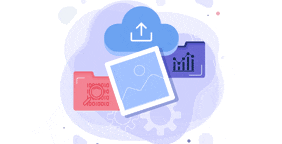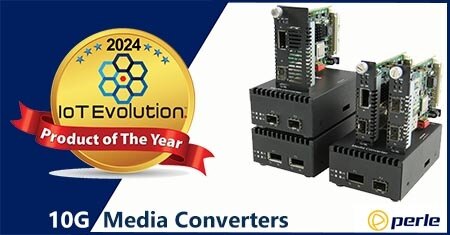
Terminal servers bridge gap to next-generation energy
By Donna DonnawitzJune 17, 2014
The smart grid is built around the core principle of using data to improve grid management. This can mean identifying broken power lines, performing predictive analysis, deciding how much energy to store and developing distribution automation frameworks. Organizations can also use smart grid technologies to build microgrids that can partition different parts of the utility setup and make it easier to manage power deliver across the grid as a whole.
All of these capabilities depend on getting information from various places on the grid - transformer stations, end-user locations, generation sites and monitoring devices - back to the energy company's central hub where it can be analyzed and put to use. The network is central in this process.
Getting the network ready for new power delivery methods
Data's central role in supporting the smart grid makes the network an integral part of any strategy to keep pace with changing requirements throughout the industry. Ethernet to serial converter technology is essential in this area because it provides a smooth, cost-efficient interconnect between legacy and contemporary network technologies, making the large-scale upgrade easier to deal with.



